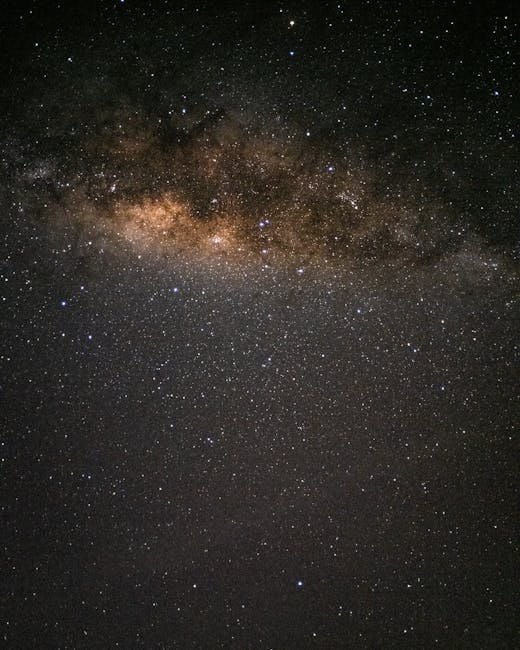In a groundbreaking discovery that has captivated the astronomical community, scientists have identified a massive wave-shaped structure coursing through the Milky Way galaxy. Known as the Radcliffe Wave, this colossal phenomenon spans an astonishing 9,000 light-years and ranks among the largest gaseous structures ever observed in our galaxy. Published in Nature, these findings challenge our understanding of the Milky Way‘s structure and dynamics, offering new insights into the forces shaping our cosmic neighborhood.
A Wave Unlike Any Other
The Radcliffe Wave, named after the Harvard Radcliffe Institute where the discovery was led, is a sinusoidal wave of interconnected gas clouds that undulates through the galactic plane. This dynamic structure moves through space, influencing star formation and the distribution of matter in the Milky Way.
For decades, astronomers believed that the gas clouds in our galaxy were arranged in a relatively flat and uniform disk. However, the Radcliffe Wave reveals a more complex and turbulent reality. Its wave-like pattern, which rises and dips above and below the galactic plane, suggests that the Milky Way is far from the serene, orderly galaxy we once imagined.
How Was the Radcliffe Wave Discovered?
The discovery was made possible by cutting-edge data from the European Space Agency’s Gaia mission, which has been mapping the positions, distances, and motions of over a billion stars in the Milky Way since 2013. By combining Gaia data with detailed observations of star-forming regions, researchers pieced together the three-dimensional structure of the Radcliffe Wave.
Lead researcher João Alves, a professor at the University of Vienna, described the moment of discovery as “both exhilarating and humbling.” He explained, “We were looking at the data, and suddenly this wave pattern emerged—a structure so vast and coherent that it reshaped our understanding of the galaxy.”
Implications for Galactic Evolution
The existence of the Radcliffe Wave raises intriguing questions about its origins. Scientists speculate that the wave could be the result of a collision with a smaller galaxy, the gravitational influence of a dark matter halo, or even the remnants of a massive supernova explosion. Whatever its origin, the wave’s presence has profound implications for our understanding of galactic dynamics.
One of the most exciting aspects of the Radcliffe Wave is its role in star formation. The wave is home to numerous stellar nurseries—dense regions of gas and dust where new stars are born. As the wave moves through the galaxy, it triggers the collapse of these gas clouds, leading to the birth of stars. This discovery suggests that the Milky Way‘s star-forming regions are not randomly distributed but are influenced by large-scale structures like the Radcliffe Wave.
A New Perspective on the Milky Way
The Radcliffe Wave is a reminder that our galaxy is a dynamic and ever-changing entity. Its discovery challenges long-held assumptions about the Milky Way‘s structure and opens up new avenues for research. By studying this wave, astronomers hope to gain deeper insights into the processes that govern galactic evolution and the formation of stars.
For the average observer, the Radcliffe Wave is a testament to the beauty and complexity of the universe. It serves as a humbling reminder that, despite our advancements in technology and knowledge, the cosmos still holds countless mysteries waiting to be uncovered.
As scientists continue to analyze the Radcliffe Wave, one thing is clear: our understanding of the Milky Way will never be the same. This colossal wave, rippling through the heart of our galaxy, is a cosmic phenomenon that will inspire awe and curiosity for generations to come.
Stay tuned for more updates on this fascinating discovery and other groundbreaking stories from the world of science and beyond.




